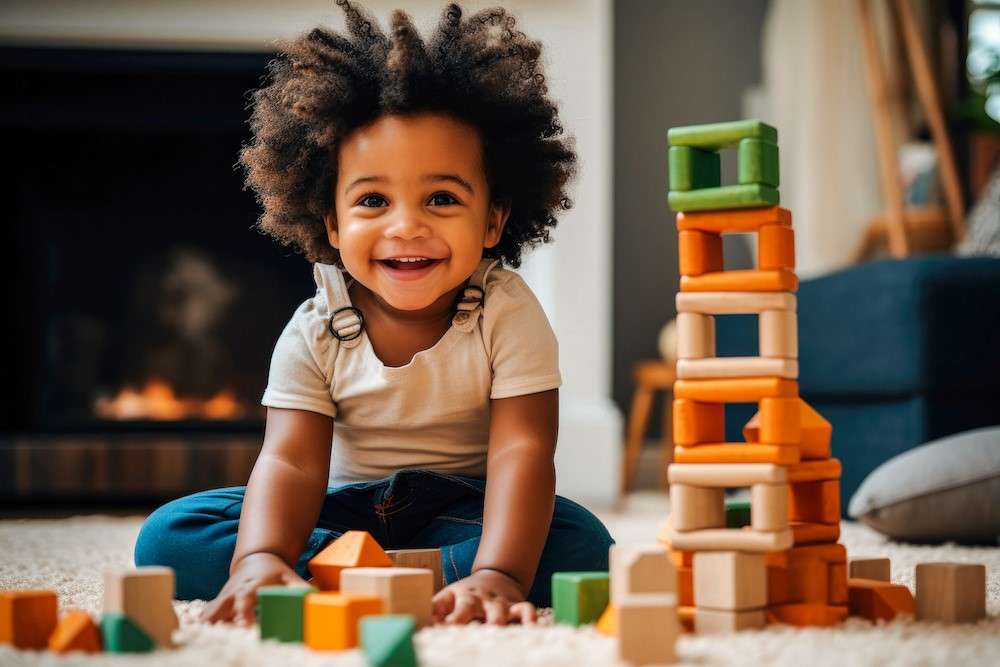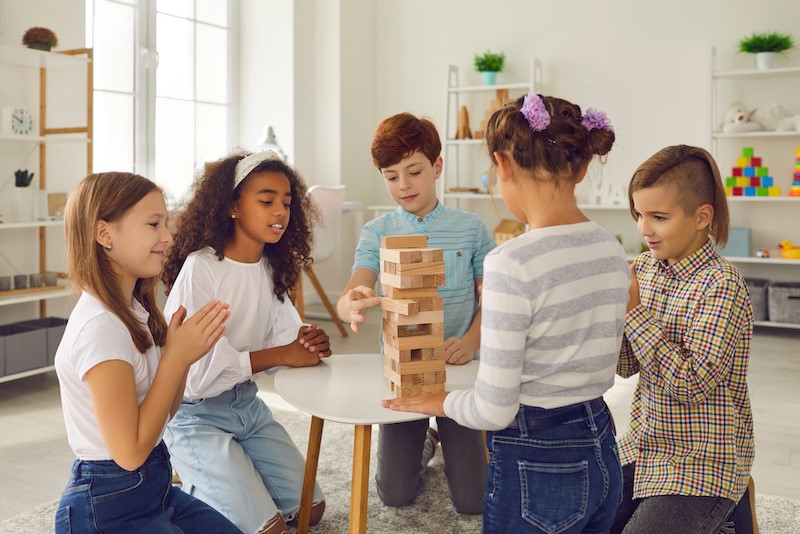Choosing Age-Appropriate Toys: A Guide For Parents
Selecting suitable toys for your child takes more than just a simple trip to the toy store. It’s an intricate balance of ensuring the toys are fun, educational, and, most importantly, age-appropriate.

Choosing age-appropriate toys for children is crucial because it ensures that the toys match their developmental abilities, fostering learning, growth, and safety. Furthermore, their toys must provide the right level of challenge to help develop physical, cognitive, and emotional skills without causing frustration or harm.
This guide aims to help parents navigate the vast world of children’s toys. Continue reading to learn more.
Understanding the importance of age-appropriate toys
When selecting toys for your bundle of joy, the developmental stage is one of the first and most vital considerations. Remember, toys are instrumental to a child’s exploration of their immediate environment. For infants, sensory toys that stimulate their senses of sight, sound, and touch can be incredibly beneficial.
Selecting toys that match a child’s developmental stage is crucial for their growth and learning.
Here are five ideal toys for children at various stages of development, each chosen for its ability to support specific aspects of a child’s growth:
1. Soft books with high-contrast patterns
For infants, their vision is still developing, and they are best able to see high-contrast patterns. Soft books with black-and-white or bold patterns stimulate visual development and early cognitive skills. These books can also encourage tactile exploration and bonding time during reading with a caregiver.
2. Rattles and teething toys
Rattles and teething toys are excellent for babies as they begin to explore their world through touch and taste. These toys help develop fine motor skills as babies learn to grasp and shake them. The sounds from rattles can also aid in auditory development, while the different textures of teething toys support sensory exploration.
3. Building blocks
Building blocks are versatile toys that grow with the child, making them ideal for toddlers. These toys for the little one support fine motor skills, hand-eye coordination, and spatial reasoning. As children stack and balance blocks, they learn about shapes, colours, and the basics of construction, which are fundamental for problem-solving skills.
4. Simple puzzles
Puzzles with large pieces are perfect for toddlers and young pre-schoolers. Working on puzzles helps children develop fine motor skills, hand-eye coordination, and problem-solving abilities. Puzzles also teach patience and perseverance as children learn to fit pieces together to complete a whole picture, enhancing their cognitive development.
5. Role-playing toys
Toys encouraging role-playing, such as kitchen sets, doctor kits, or dress-up clothes, are ideal for pre-schoolers and early school-aged children. These toys foster creativity, imagination, and social skills as children engage in storytelling and learn to navigate social roles. Role-playing with these toys can also help children process their experiences and emotions by acting out scenarios from daily life.
Each of these toys is designed to support and enhance children’s development at specific stages, offering opportunities for learning through play. Parents can provide meaningful play experiences that contribute to their growth and learning by choosing toys that align with their child’s current developmental needs.

Transitioning to toys for older children
As children transition from toddlers to pre-schoolers and beyond, their play becomes more complex. It’s where toys like Barbie come into play. Barbie dolls, with their vast array of accessories, playsets, and themes, allow children to engage in imaginative play. This play is crucial for developing creativity, storytelling skills, and emotional understanding.
However, it’s crucial to select Barbie dolls and accessories appropriate for your child’s age. Younger children enjoy more simplistic playsets that allow for open-ended play. In comparison, older children might appreciate Barbie dolls with more detailed accessories or those that align with specific interests like fashion design or veterinary work.
The role of Barbie in child development
Barbie has been a subject of debate among parents and educators for years. However, when chosen thoughtfully, Barbie dolls can positively affect a child’s development. They can help children develop empathy and social skills by role-playing different scenarios. Additionally, the diverse range of Barbie dolls available today allows children to see themselves and appreciate diversity in others.
Consider the messages the dolls send when integrating Barbie into your child’s toy collection. Select dolls that promote positive body image and inclusivity and inspire career aspirations.
Mattel, the maker of Barbie, has made strides in this area, offering dolls with various body types, skin colours, and careers, making it easier for parents to select dolls that convey positive messages.
Toys for your growing boy
Select toys that nurture a range of developmental skills, including physical coordination, cognitive problem-solving, and creativity for your little boy. One example of this is outdoor activity sets.
Outdoor activity sets encourage physical activity, such as a rocket launcher set that operates on the power of jumping or stomping. These toys promote exercise and understanding of basic physics principles, like trajectory and force, in a fun and engaging way. They’re excellent for developing coordination and encouraging an interest in science through practical experience.
Meanwhile, advanced building kits are ideal for boys interested in construction and mechanics; advanced building kits that include elements for creating moving vehicles or structures can be highly stimulating. These kits often feature components that mimic real-world engineering, allowing children to build complex models demonstrating mechanical principles. This type of play enhances problem-solving skills, fine motor skills and fosters creativity. These toy categories support growing boys, diverse interests and developmental stages, providing valuable learning experiences through play and contributing to well-rounded development.
Conclusion
Choosing suitable toys for your child requires thoughtful consideration of their developmental needs and interests. By selecting age-appropriate toys, you provide your child with the tools they need to explore, learn, and grow. Remember, the best toy for your child matches their current development stage while also stretching their imagination and encouraging new skills.